-
When tumour perfusion is at the origin of the tumour resistance to radiotherapy and chemotherapy treatments : a new view of tumour vascularisation
Martinive Ph. , Coucke P.A.
Rev Med Liege 2010, 65(3),133-139Abstract : Angiogenesis is a hallmark of tumours. The newly formed tumour vessels are structurally and functionally abnormal leading to tumour perfusion heterogeneities and subsequently to the development of hypoxic areas. Generally, tumour hypoxia refers to an increasing distance between vasculature and tumour cells (i.e. chronic hypoxia). Chronic hypoxia promotes tumour resistance to treatments and metastasis. The temporal aspect of hypoxia is completely neglected in chronic hypoxia. Intermittent hypoxia (HI) takes the transient and temporal aspect of hypoxia into account. HI is defined as pO2 fluctuations in tumour vessels secondary to transient arrest of tumour blood flow. IH extends the concept of tumour hypoxia to tumour vessels and vascular cells. Transient arrest of tumour blood flow promotes tumour resistance to radio- and chemotherapy treatments and favours metastasis. Moreover, IH protects tumour vessels and endothelial cells against pro-apoptotic stresses and promotes angiogenesis. A comprehensive dissection of the mechanisms leading to IH allows the development and establishment of new therapeutic approaches.

